Columun
Nagiso – Warm Colors of Wood and a Smoky Aroma
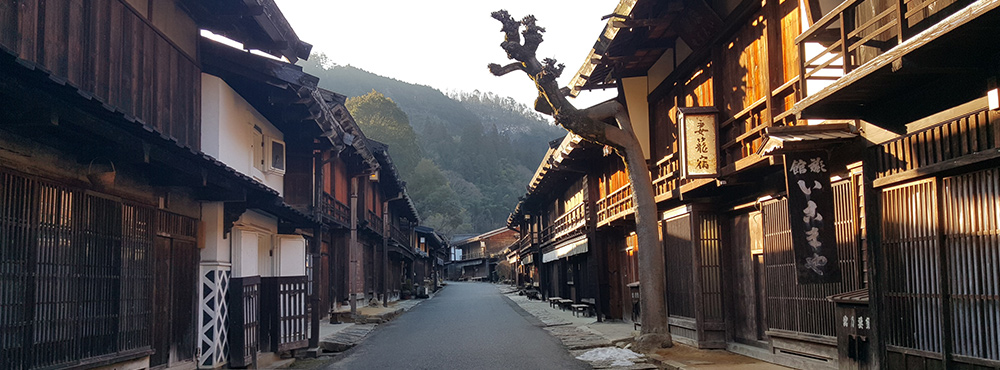
Tsumago Post Town
As we walked along past old stone steps, latticed doors, earthen walls, and wooden lanterns, it seemed like time must have stood still in this place. The post town has been preserved through the Protection of Cultural Properties Project, but you will still find people living in the town. You can even enjoy the hospitality of the residences that are open to lodgers or the Japanese style inns.
Around Town
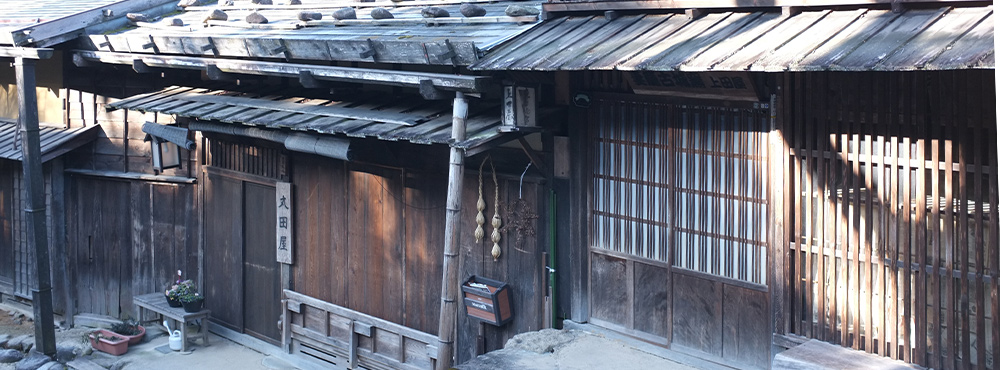
Photographs depicting what life was like for older generations and other items can be found around town. Since the valley is protected from strong winds, roofs that mimic traditional building styles are simple constructions that are just covered with stones.
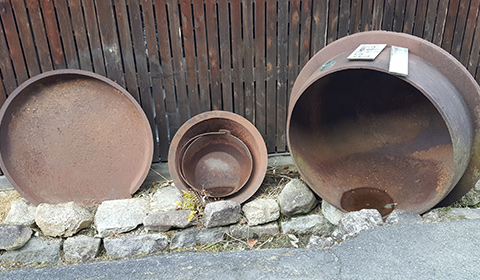
Old miso-fermenting vessels
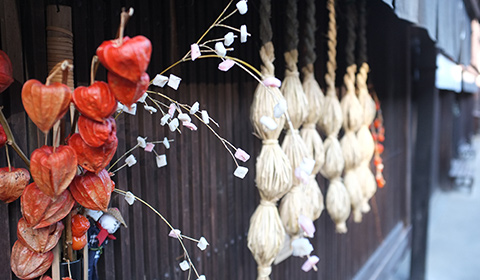
The climate is perfect for hanging fruit out to let it safely over-ripen.
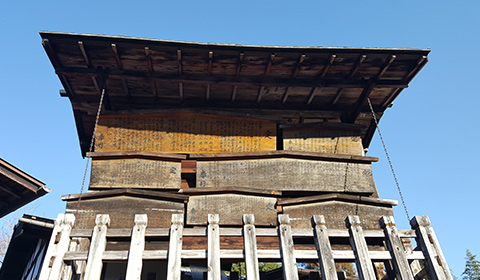
Sign boards dictate the laws of the old days.
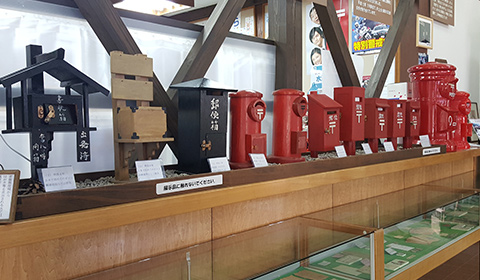
The post office interior maintains an air of bygone days, and old mail boxes, postcards, and other items are on display.
The Tsumagojuku Sightseeing Information Center, which was once a police station, offers a variety of information on the area and places to stay as well as pamphlets.
Wakihonjin Okuya & the Nagisomachi Museum
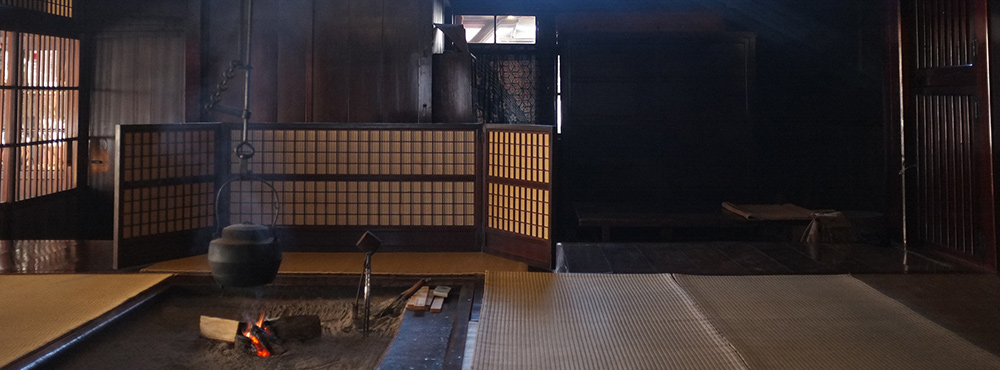
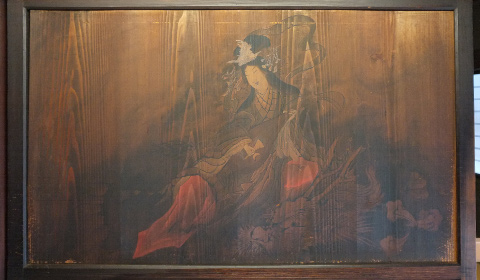
The building still contains old furniture, paintings, and dolls.
The Wakihonjin Okuya, with the traditional fire pit and gardens, has preserved the atmosphere of Japanese housing from the old days. Although it was built as additional housing for government officials, parts of it, such as the private lacquer toilet, have never been used.
The ideal time to view the sunlight streaming in above the fire pit is during the winter months. Warm your feet by the fire and watch the smoke dance in the sunbeams. The wooden walls have been kept free of decay and insects thanks to the soot that has been deposited over the years.
Exhibits in the neighbouring Nagisomachi Museum introduce the history of logging in the area and display wood-cutting tools and pieces of Kiso’s Five Trees. Although the area once flourished thanks to logging and woodcrafts, a wood-cutting ban was introduced to save the dwindling forest resources. The punishment for any wood-cutting activities was summarized as “a head for a tree, an arm for a branch.”
Local Cuisine
You’ll find many souvenir shops selling locally made goods and tasty treats including gohei mochi. Mashed rice is flattened and moulded into an oval shape, stuck on a skewer, coated miso or another sauce, and then grilled. Nagano Prefecture is known for its buckwheat, and you can enjoy freshly steamed oyaki dumplings. A less common filling for oyaki dumplings is walnut and sweet bean paste, but I highly recommend it.
The Tateba Teahouse
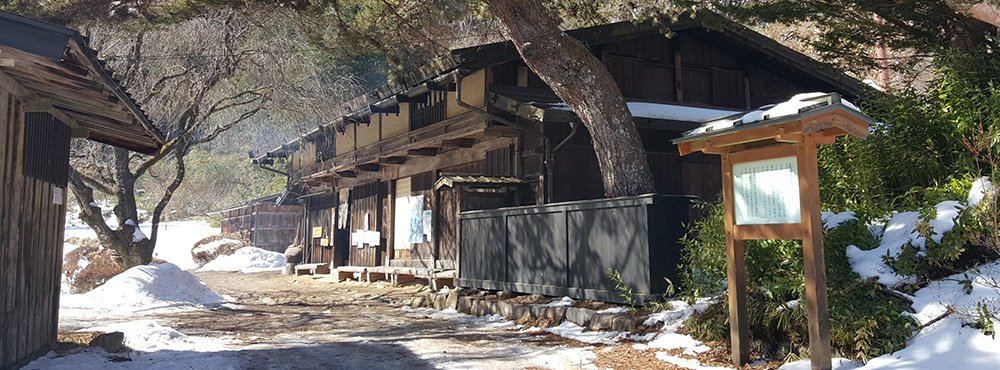
Not far from the town, travellers can take a load off at a lodging facility turned teahouse. The structure was built out of hinoki cypress, which reveals that the building was constructed sometime before 1600, since the logging ban was in effect during the period after that. The building fell into disuse, but in 1994, the building was reopened as a rest stop for hikers. It is open from the beginning of March to the end of November.
We were treated to a cup of hot green tea and grilled mochi and shown guestbooks filled with the messages of previous visitors, many of whom had come from abroad.
A great time to walk along the trail is in May, when the giant weeping cherry tree out front is in bloom. You can purchase a traveller’s staff and receive wood-branded seals at checkpoints and post towns along the way. This route still connects Tokyo with Kyoto, so come make the trip through the mountains!